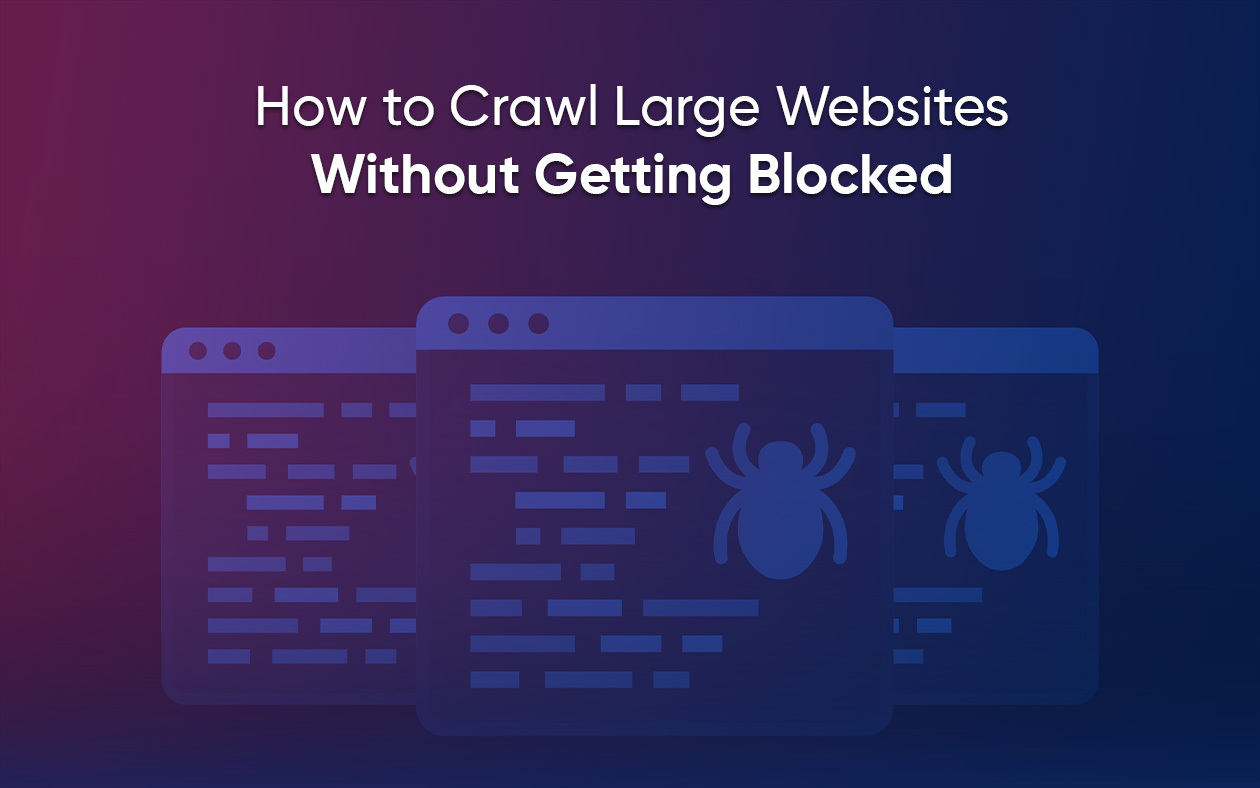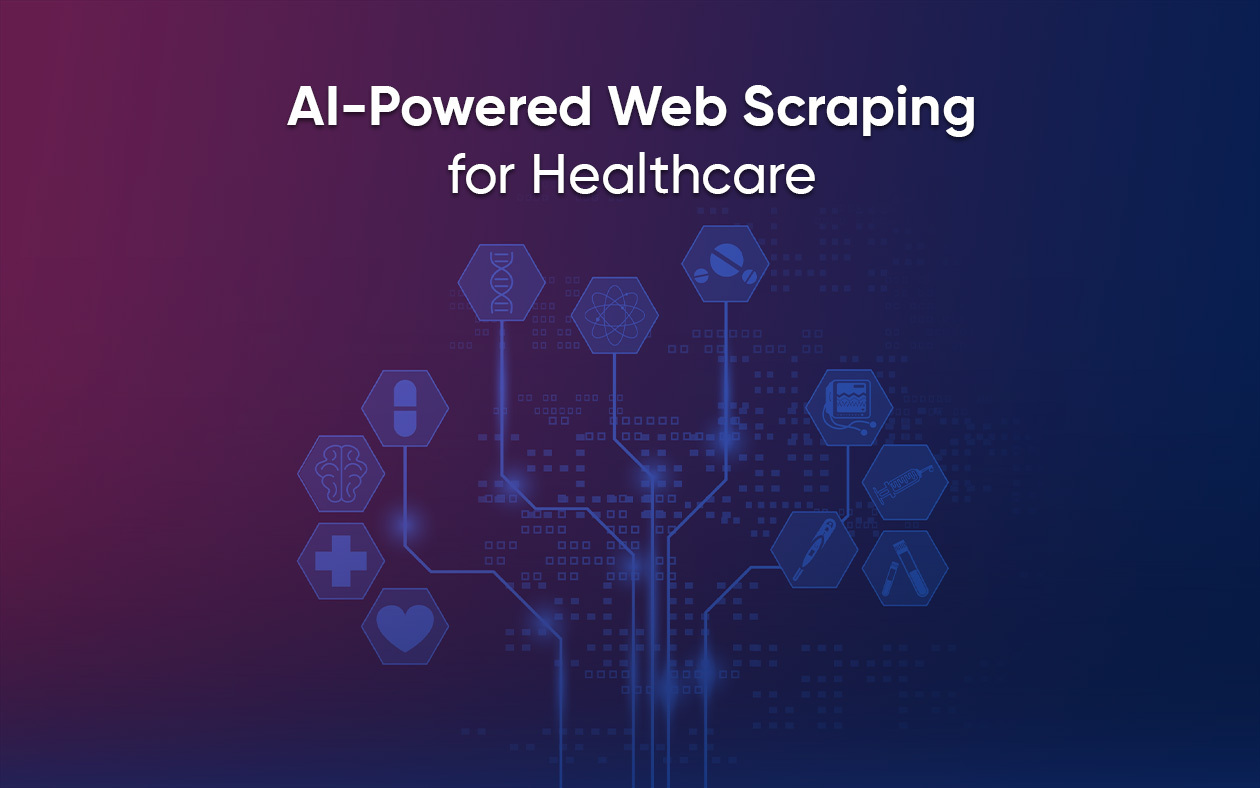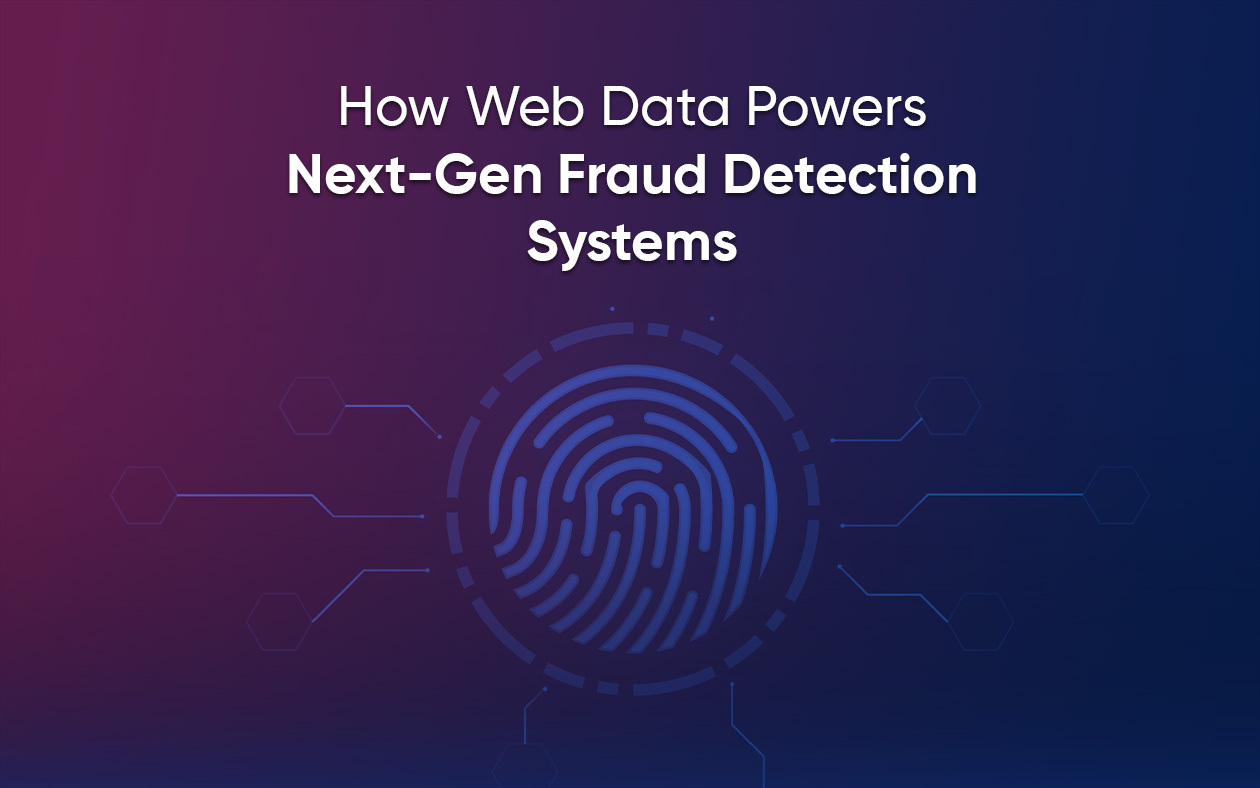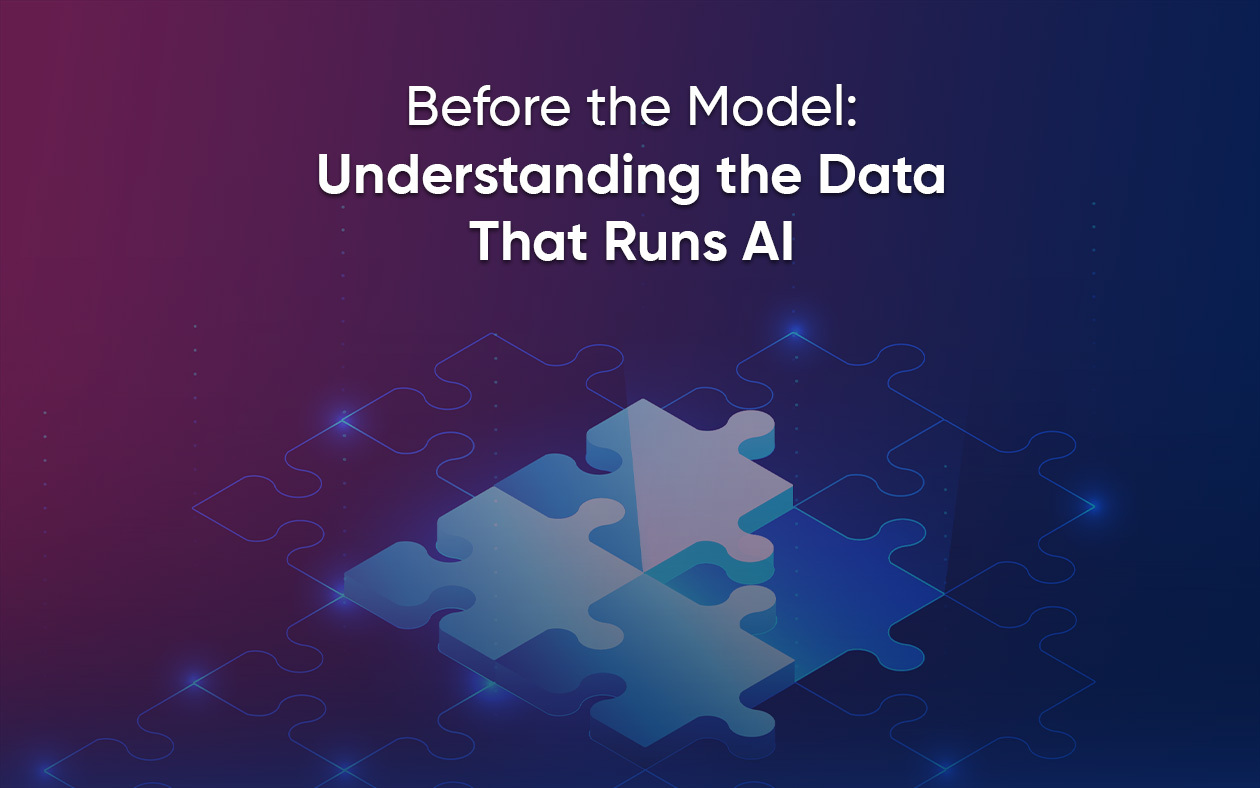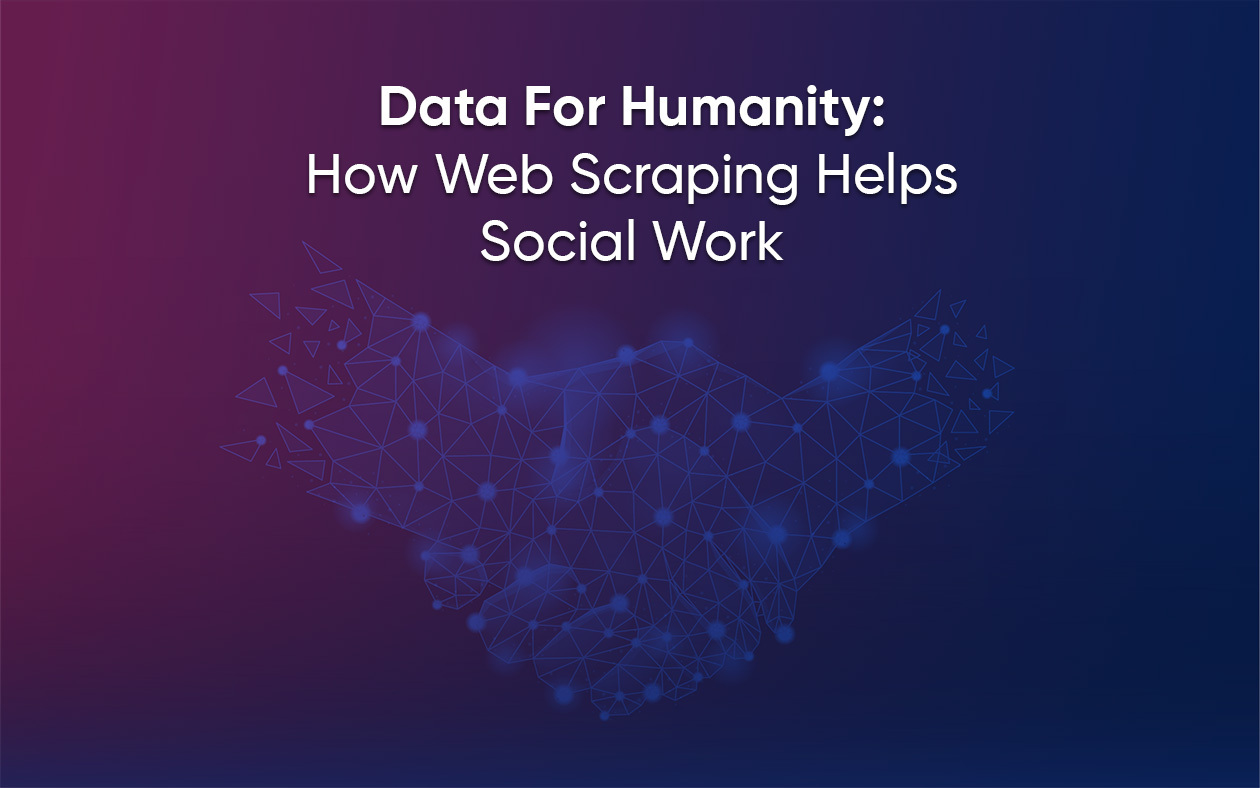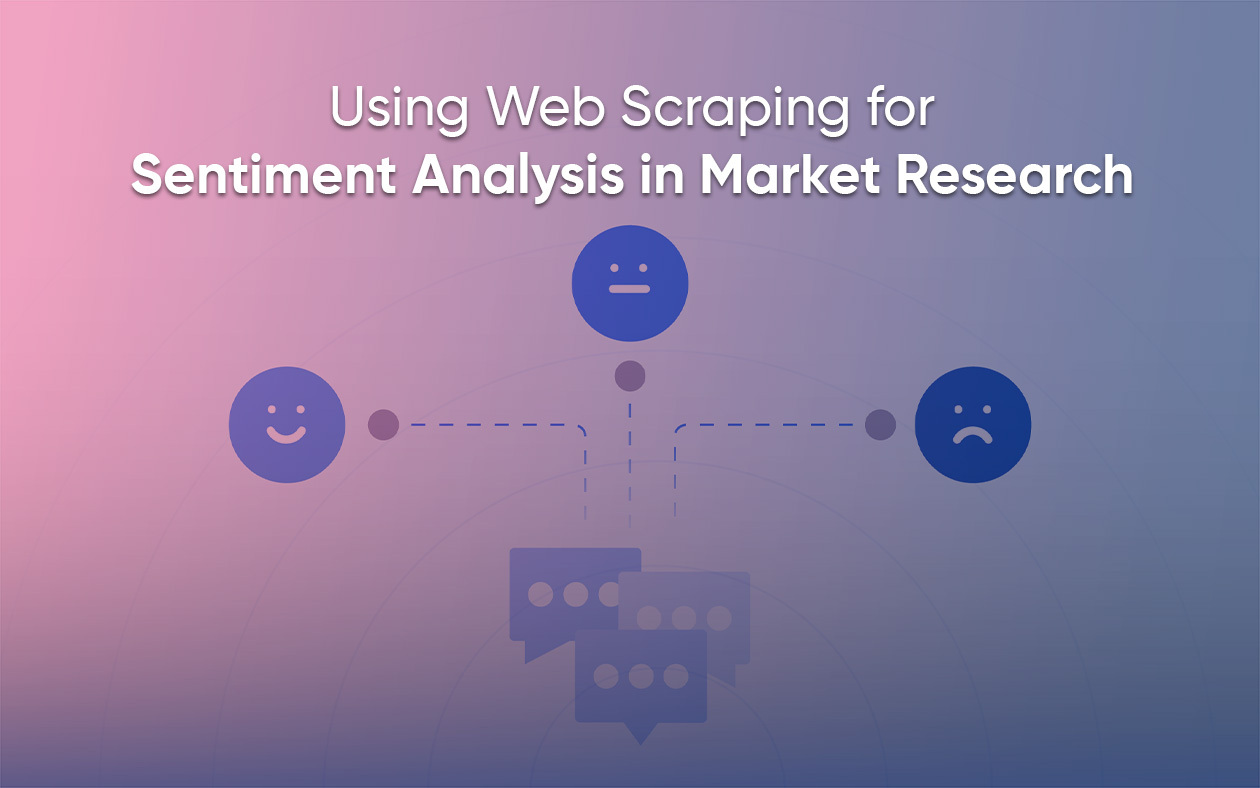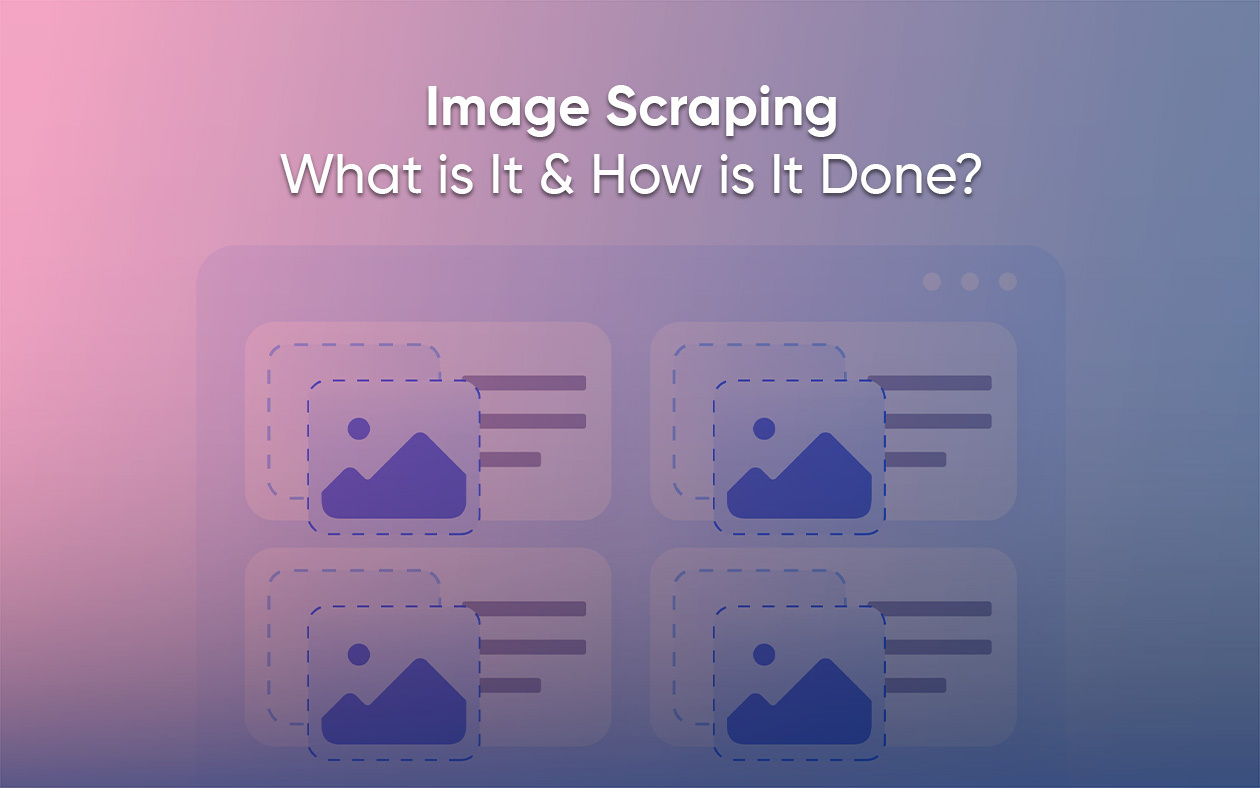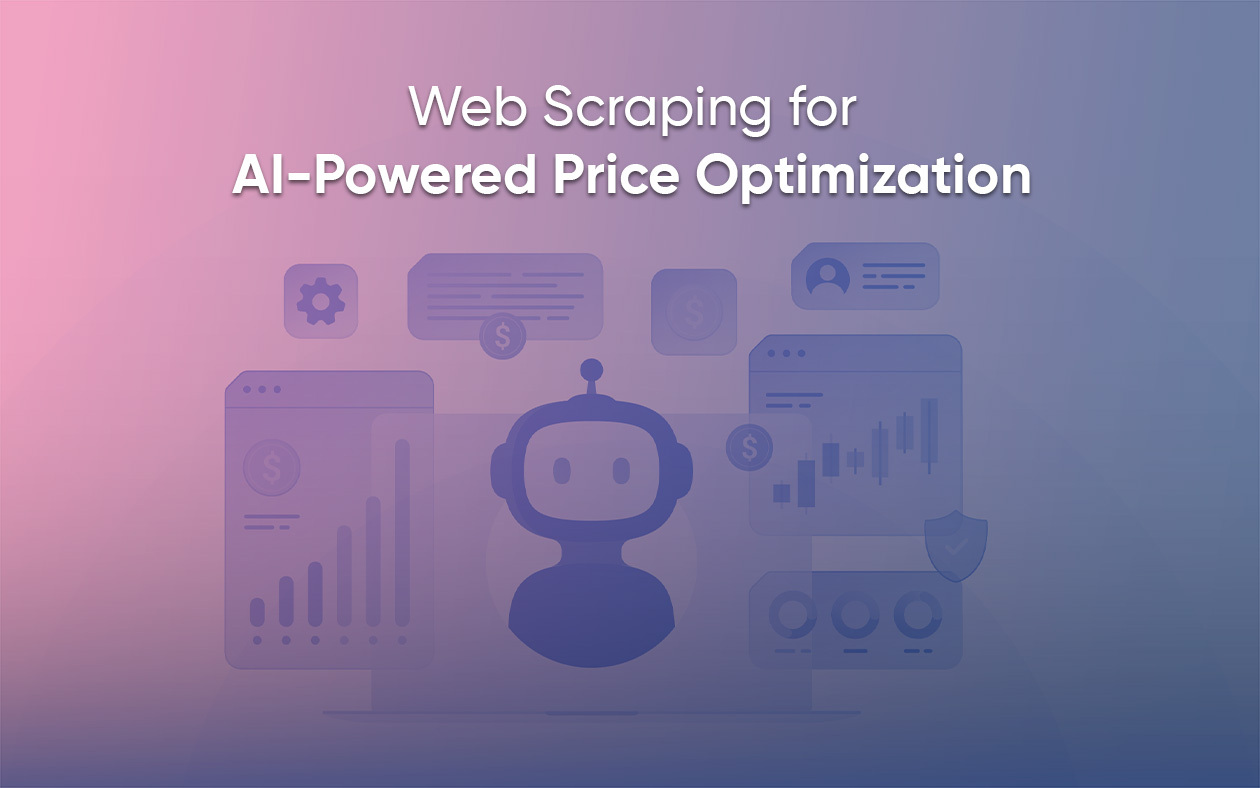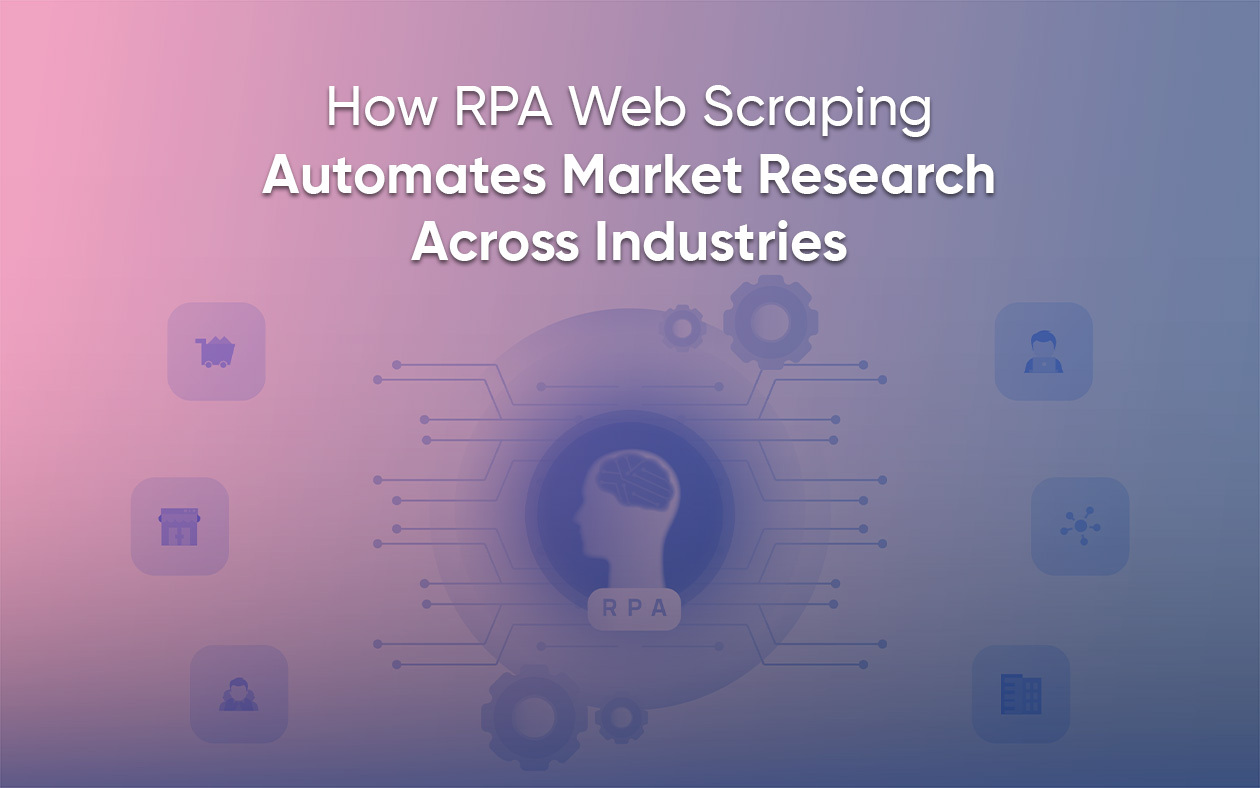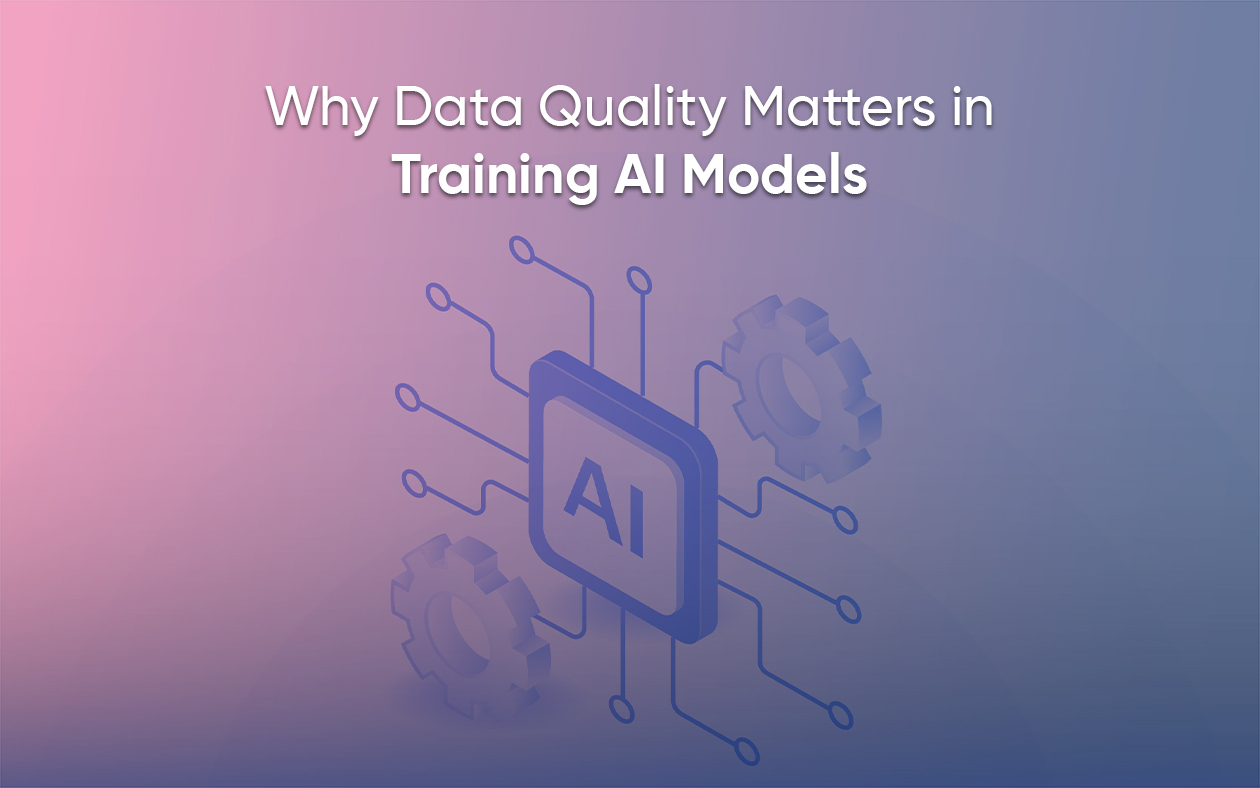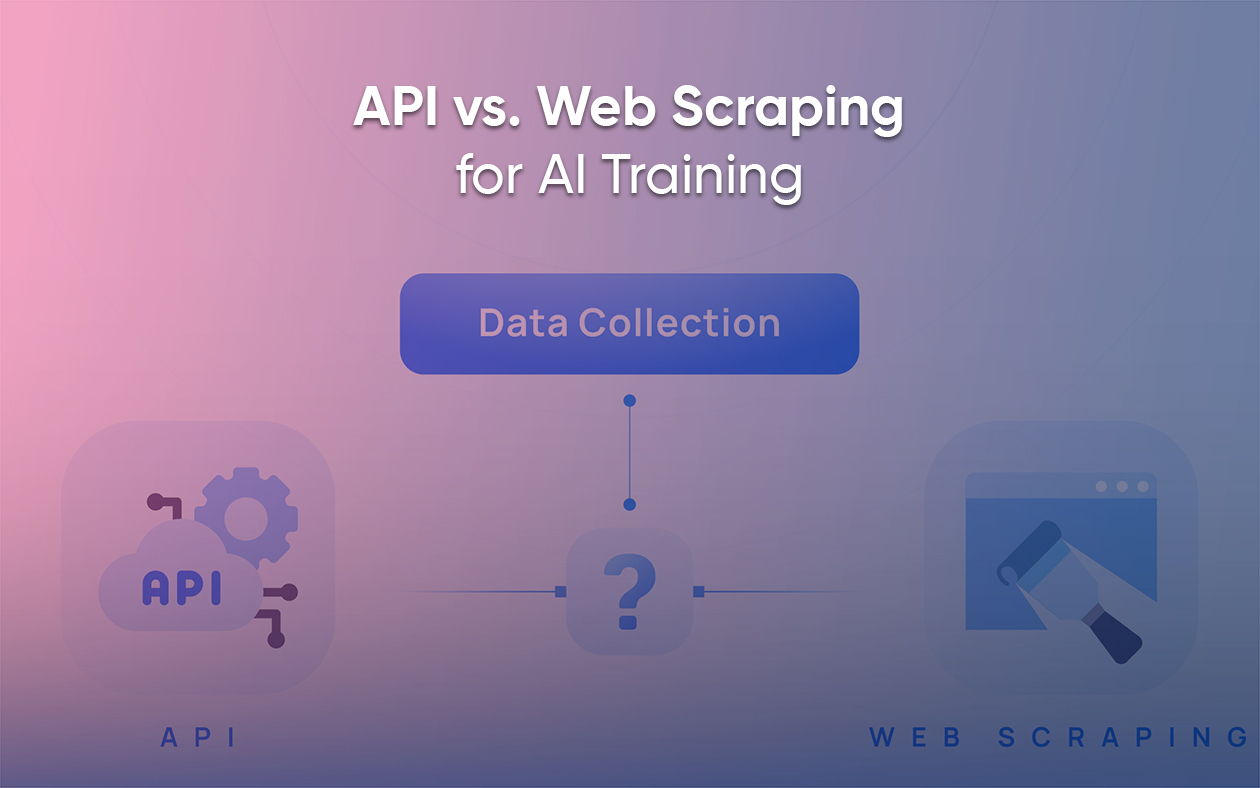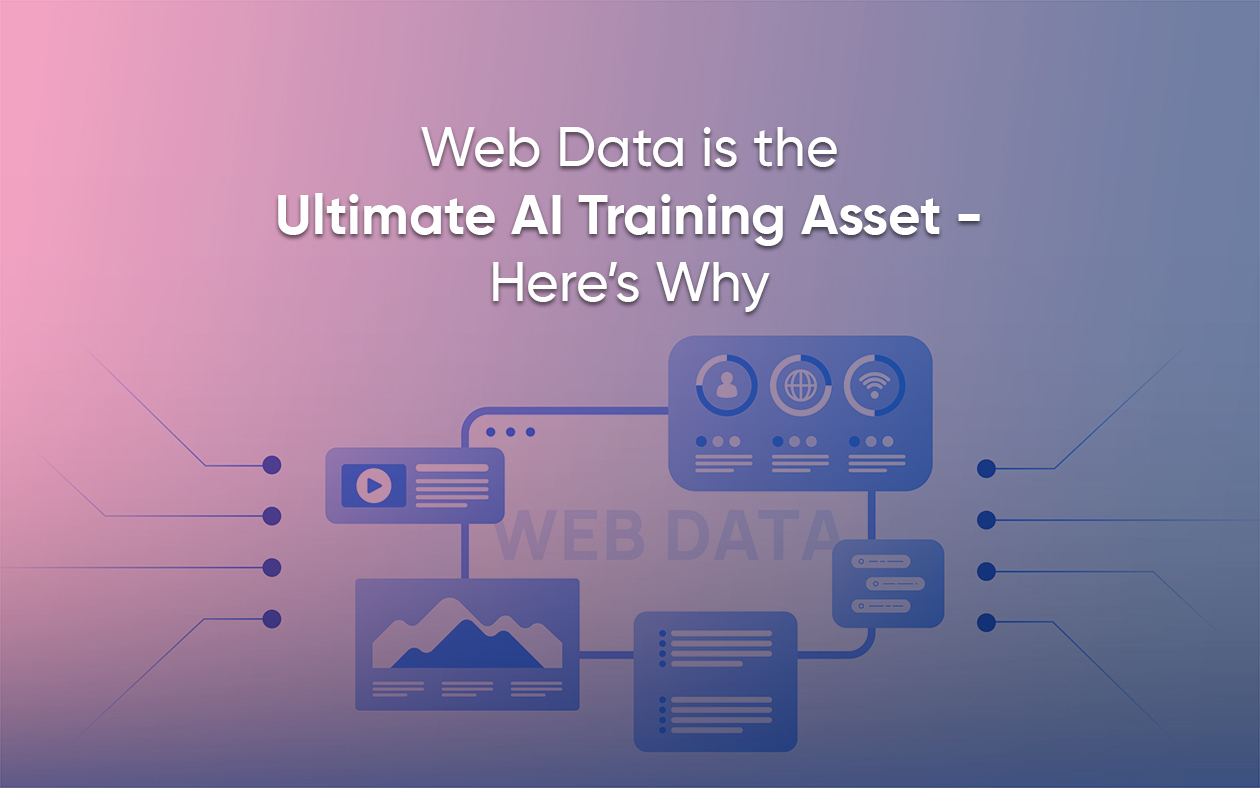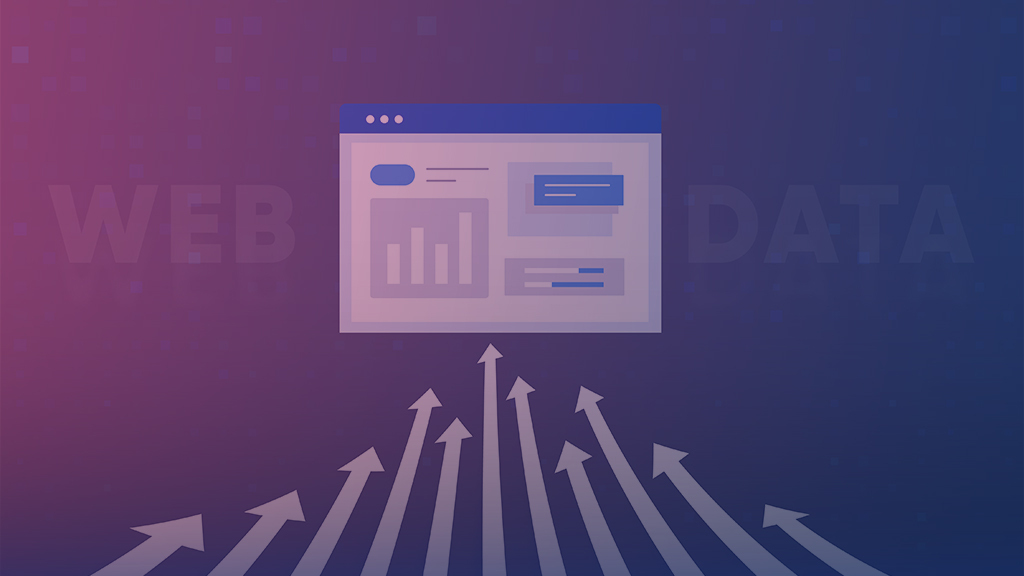
For those who know to use it right, web data is plain kinetic energy.
Data sets you free.
Your sales figures have significantly increased compared to last year. So, all is well and good. Or, is it?
What if your competition is recording 50 times your turnover, and you don’t even know about it?
The popularity of your products and services has been on a downward spiral. Reddit is alive with discussions butchering your product.
Many of them gave it a shot, and from the raging discussions, it’s clear that they are not going to be using your product anytime soon.
But, the sales figures are up.
Did data set you free? We are here to tell you it may not. Your data is missing a crucial ingredient that leads to any data being labeled as information.
Context.
Maturing Analytically
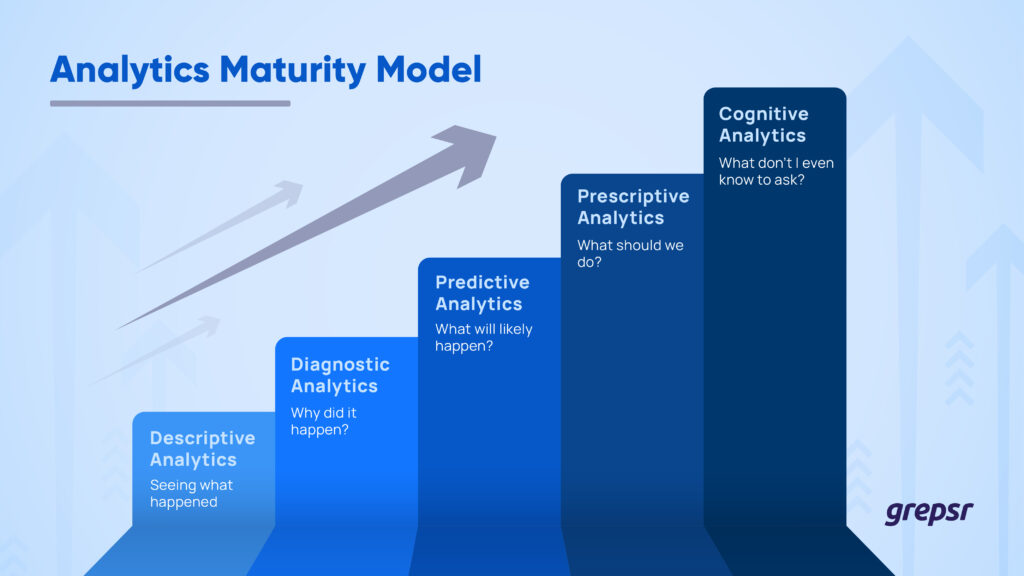
Let’s back up a little.
The web generates an incredible volume of data daily. Imagine collecting it all – it would form a colossal pile that could reach the moon, and then some!
And this data includes: dynamic prices on Amazon, discussion threads on Reddit, and comments on social media.
Truth be told, having too little data is not a problem anymore. It’s the less sexy aspects of data management that beg for our attention, i.e. the plumbing aspects, where you establish data governance policies to effectively reduce data duplications, proper integration, encryption protocols, access controls, web data extraction, etc.
The data maturity model presents five aspects of data analysis:
1. Descriptive Analytics: Seeing what happened
This is the basic stage where you answer the question ‘What Happened?’. Think of it as gathering the facts.
You’re looking at past data to understand things like sales figures, customer demographics, or website traffic. Reports, dashboards, and simple visualizations are your best friends here.
For example: you might see a report showing a surge in sales for a particular product last month.
2. Diagnostic Analytics: Why did it happen?
Now you’ve got some data, but you want to dig deeper. Diagnostic analytics asks ‘Why did it happen?’. You’re going behind just what happened and exploring the reasons behind it.
You might segment your data, compare different groups, or identify trends to uncover the root cause.
For example: you might use diagnostic analytics to see if the sales surge due to a specific marketing campaign, a seasonal trend, or a new product launch.
And this is where web data comes in. The data that your organization produces in-house is not enough to consider it as being solid information. By gathering data from the web about your competitors, audience, and industry trends, you enrich your data with context and make it actionable.

3. Predictive Analytics: What will likely happen?
This stage is all about looking forward. Predictive analytics asks “What will likely happen?”. Here, you leverage historical data and statistical models to forecast future trends or customer behavior.
This allows you to prepare for potential challenges or capitalize on upcoming opportunities.
Imagine you use your sales data to predict demand for a product in the coming months. This helps you optimize inventory and avoid stockouts.
4. Prescriptive Analytics: What should we do?
This is the most action-oriented stage. Prescriptive analytics asks “What should we do?”. It goes beyond prediction and recommends specific actions based on the data insights. It often involves complex algorithms and optimization techniques.
Building on the previous example, you might use prescriptive analytics to suggest targeted promotions or discounts to further boost sales of the high-demand product.
5. Cognitive Analytics: What don’t I even know to ask?
Here you leverage AI and Machine Learning (ML). Cognitive analytics asks ‘What don’t I even know what to ask about?’. You train your AI to analyze massive datasets, identify hidden patterns, and even generate entirely new insights that humans might miss.
Imagine your AI assistant analyzes customer reviews and social media to identify emerging customer preferences you weren’t even aware of. This allows you to proactively adapt your products or services.
It’s important to note at this point that these stages build on top of each other. These days the AI hype has entered every nook and cranny of the business world, so businesses are tempted to jump directly into cognitive analytics.
Doing that can set you on an irrevocable path to wrong insights. Only after you have mastered your descriptive and diagnostic analytical capabilities, you may move on to build custom cognitive analytical models.
In Defense of Offensive Data Strategies
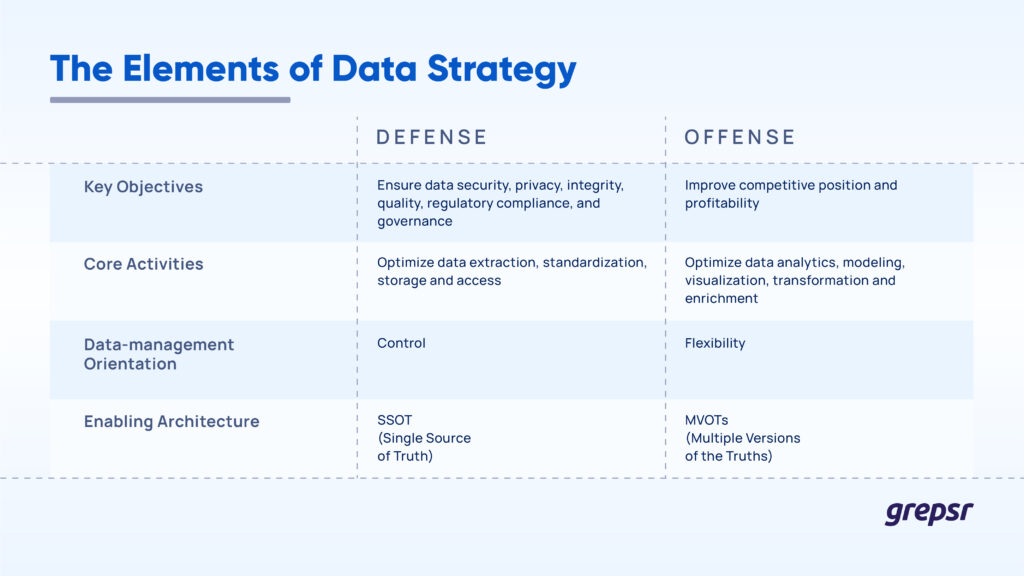
For a very long time, we had a ton of frameworks to manage data (governance) and use it effectively, but none of that had a business component to it.
That was until Leandro DalleMule and Thomas H. Davenport came up with the ‘data defense vs offense’ framework in the Harvard Business Review.
They argue that for a business tied more into a regulatory environment where data security and quality are paramount, like Healthcare and Banks, it is important to focus on data defense. You focus more on superior data governance, and hence the agenda here is control.
But, when the competition heats up, as we have seen in our time serving a multitude of businesses, many of which are Fortune 500 companies, businesses are invariably pushed to adopt data offensive strategies which include gathering external data (web data) to give more context and rightly inform their business strategy.
Consider the retail sector, which is relatively regulated less, and has razor-thin profit margins.
So, while past data can tell you what happened, it can’t tell you why or what’s coming next. To compete effectively, you need to go on the offensive.
Embrace web data to understand your competitors, audience, and industry trends. This contextual information will help you make better decisions and secure your future success.
Holistic Web Data Extraction is the Solution
Web data forms the bedrock of many businesses, namely those in the e-comm and retail sector.
With the zeitgeist prone to change on a moment’s notice, gathering data from the web using a proven external data provider like Grepsr has become indispensable.
In the absence of a single source of truth, internal data or the data produced within your organization can be utilized to perform descriptive analytics to see where you stand.
But as you mature analytically, and venture into more advanced forms of analytics, you need web data.
Businesses can leverage the power of web data by partnering with reputable data providers specializing in ethical and compliant extraction methods.
Want to know what your audience is talking about? We’ll get you actionable data from social media and discussion forums.
Wondering what your competition is up to? We’ll get you data from e-commerce sites and your competitor’s website to power your analytics engine.
And, there’s more where that came from.
So, if you are looking to expand your business or just trying to gain an edge over your competitors, don’t hesitate to reach out.
By embracing web data and implementing a data-driven strategy, you can empower your business to make informed decisions and stay ahead of the curve.








